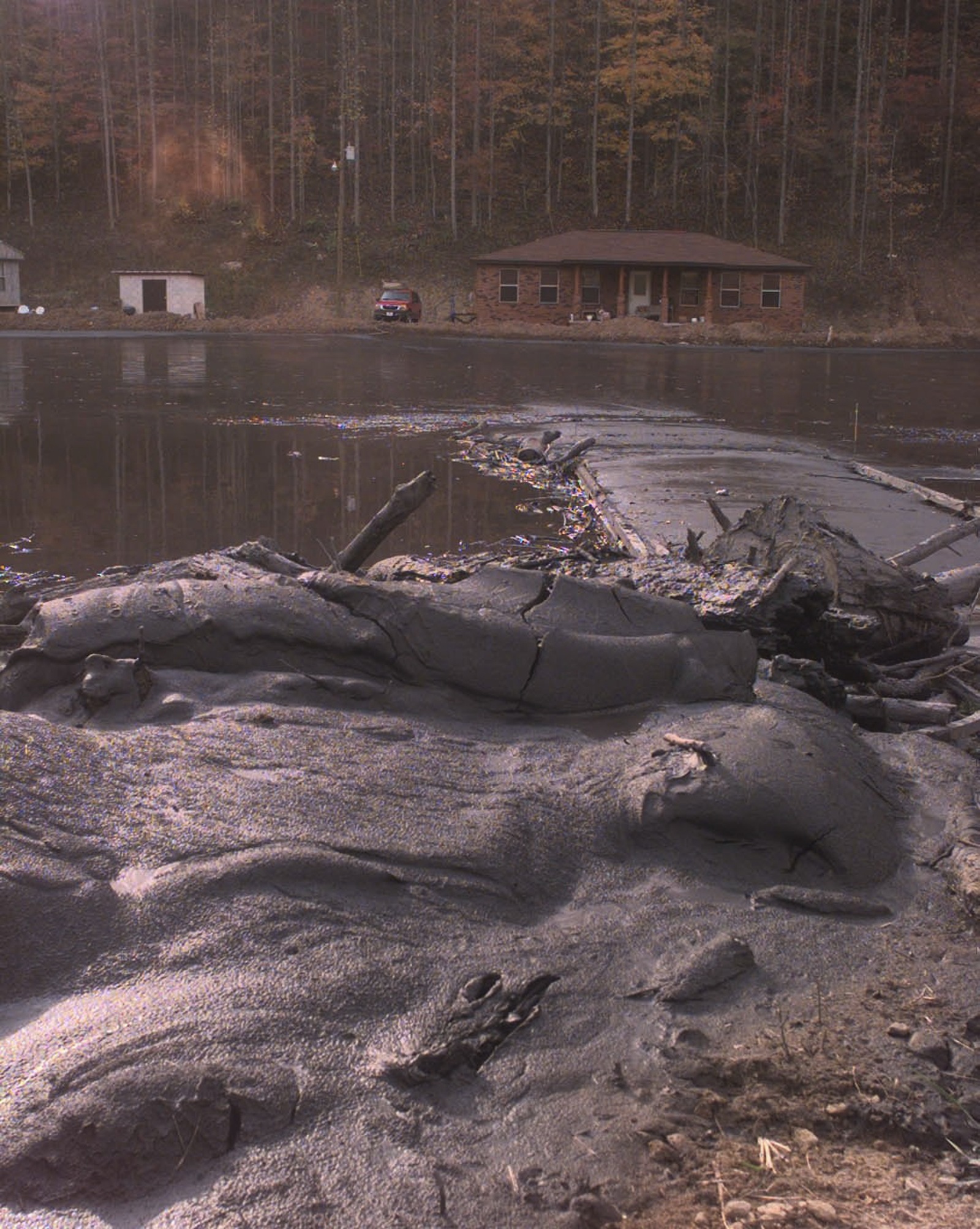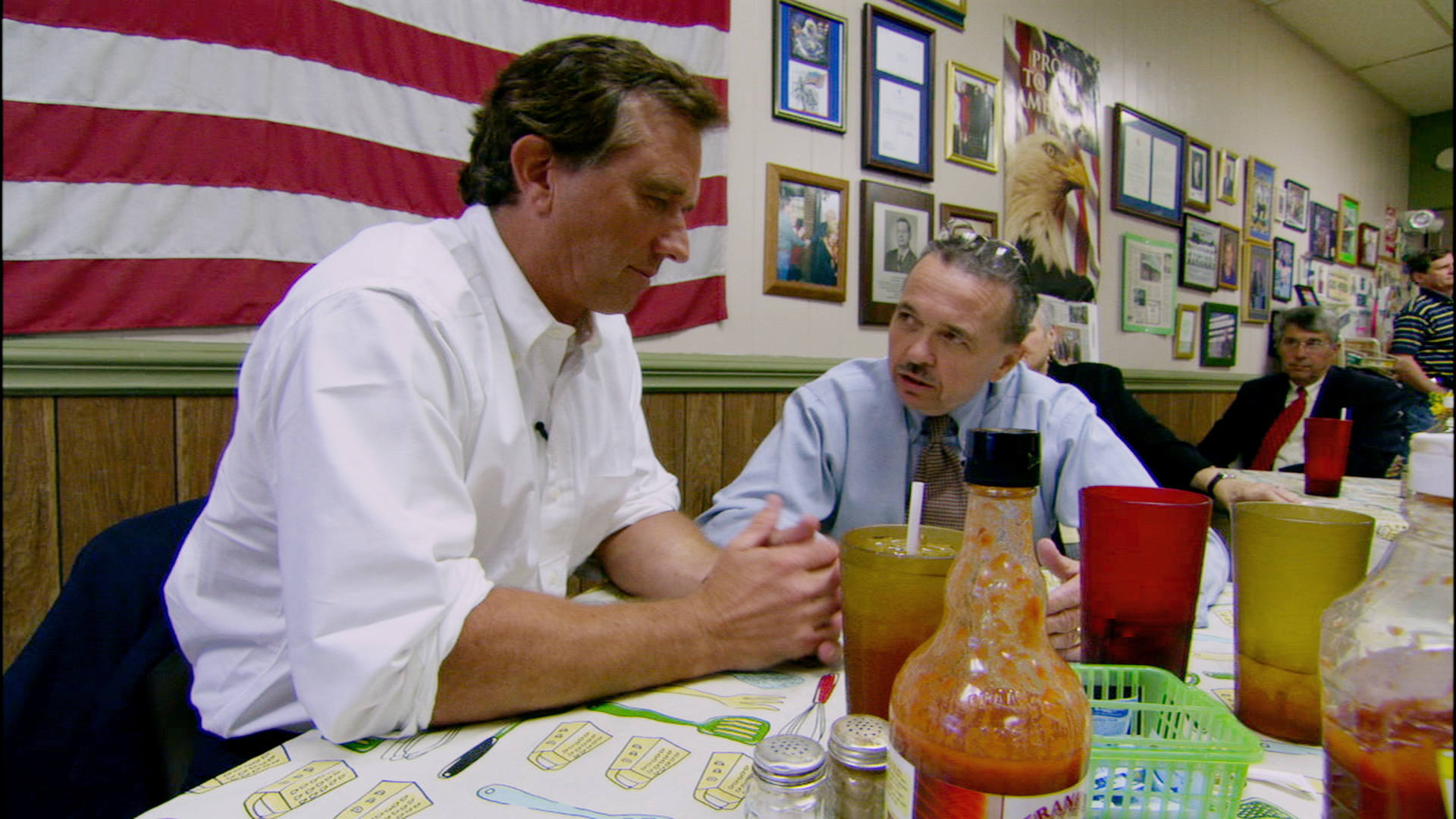At last year’s Sundance Film Festival, a movie premiered entitled The Last Mountain. At the time of writing The Last Mountain is available for streaming via Netflix – and it is a must watch for all of us. The film’s director, Bill Haney, previously directed and produced the documentary A Life Among Whales, which takes a look at one man’s lifelong passion for the wild. It has won numerous awards including a Silver Hugo and the Earthwatch Film Award. The title The Last Mountain refers to a fight between a local community and a coal mining company for the last great mountain in Appalachia, in the words of Bill Haney, it is “the uplifting story of the power of ordinary citizens to remake the future when they have the determination and courage to do so.”[1] Fifty percent of our energy use is from the coal industry, which equates is sixteen pounds for every individual in the United States per day. We owe it to ourselves to watch this movie because it is about the impact and influence of the coal industry and the future of energy in our country.
The facts regarding the coal industry and their environmental track record speak for themselves. Between 2000 and 2006, Massey Energy (a major coal company in the Coal River Valley, and the focus of the movie) committed more than 60,000 environmental violations. In 2007 the federal EPA stepped in to collect on the fines associated with those violations but Massey was allowed to settle those violations with $20 million, less than 1% of what the violations called for. In the month after that, they ran up another 8,500 violations.
The movie does an excellent job of backing up their statements with footage. Don’t believe that coal companies literally back dump trucks up to the side of the mountain and drop all their waste into streams below? Watch this movie. Don’t believe that heavy metals wind up in the water? Watch this movie. The externalities forced upon the communities of West Virginia that allow us to view coal as the cheapest option are sickening.

Sickening too is the coal industries efforts to fool us all into thinking they follow the rules. Mountain top removal usually ends with the coal company completing ‘reclamation’ on the land they have destroyed. Rocks are used as a soil substitute that allows nothing but the grass to grow. Forests are wiped out. The heavy metals in streams do not go away. The silica that has been blasted into the air does not go away. The companies can even build stream substitutes (aka plumbing) that promotes poor drainage and flash flooding in the communities downstream.
Personally, one of the most frightening things the movie discusses is the 2.8 billion pounds of sludge that is produced by one coal plant, held back by a simple earth levee: radioactive and arsenic filled toxic waste behind a leaking dirt wall. In October 2000 (pictured above), one such impoundment broke in a spill that was twenty-eight times the size of the Exxon Valdez.

The cause to save Coal River Mountain found a champion in Robert F. Kennedy, Jr. who has devoted his life to helping the environmental cause. He is pictured to the left with Bill Raney, president of the West Virginia Coal Association which represents more than 90 percent of underground and surface coal mining production in the state of West Virginia. He is Chief Prosecuting Attorney for Hudson Riverkeeper, President of the Waterkeeper Alliance and Senior Attorney for the Natural Resources Defense Council. He speaks fondly of both his father and his uncle, and recalls a lifetime of environmental activities. The documentary highlights many charming Kennedy family moments, in particular when 10 year old RFK Jr. endearingly present his uncle (JFK) with a pet salamander in the Oval Office. But even with his support it seems it will be an uphill battle to correct even a fraction of the damage the coal industry as caused.
The battle over mountain top removal comes down to 33 CFR Part 323: Permits for Discharge of Dredged or Fill Material into Waters of the United States. It is in this interpretation that stated prior to the Bush administration, “The term fill material means any material used for the primary purpose of replacing the aquatic area with dry land or of changing the bottom elevation of a water body.” When Bush took office, he changed primary purpose to effect. It was a one word change that legalized mountain top removal, but after the word change it was over. In the movie, Joe Lovett, Senior Attorney for Appalachian Center for the Economy and the Environment, points out, “dumping garbage into a stream as the effect of creating dry land.” Given the documentary was released in 2010 it relegates extraordinarily little attention to what Obama is doing about it now. With the apparent ease that Cheney promoted the destruction of Appalachia, it seems a shame that Obama has not been able to do the same in reverse. Instead he has opted, through the EPA, to suspend all permitting of mountain top removal.[2]
One criticism of this documentary is the demonization of the coal industry workers. Yes, they interview many people who used to work for the coal companies but currently employees are cast in an unfair light. The concern over employment in areas with little other industry is valid. Does higher regulation of mountain top removal mean less jobs for the area? This is not a question the documentary addresses, but one that is necessary to consider if we are to gain a better understanding of the complete picture. The labor perspective was addressed in passing, but only to explain the fall of the unions – not enough to consider the documentary balanced.
This is a truly excellent documentary, which tells a truly compelling story. The jaw dropping policy changes initiated by the Bush Administration, the shocking corruption of West Virginia’s state government, and the hopeful promise that lies in wind energy all wrapped up in sweeping panoramic landscapes and emotional testimony from people in the area. This movie is a must-watch for everyone.


